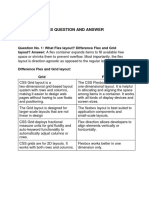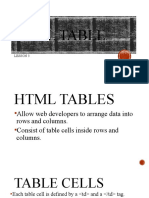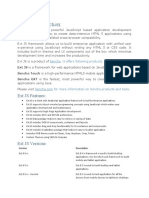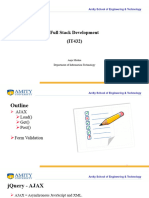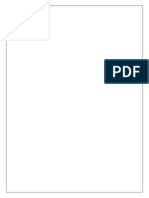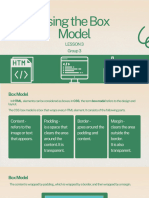0% found this document useful (0 votes)
23 views6 pagesCSS Interview Questions
The document provides a comprehensive overview of CSS, covering basic to advanced concepts including types of CSS, positioning, units of measurement, and layout models like Flexbox and Grid. It explains key differences between CSS properties and methods, such as id vs class, pseudo-classes vs pseudo-elements, and visibility vs display. Additionally, it discusses the use of media queries and the behavior of elements in relation to z-index and dimensions.
Uploaded by
Vaishnavi KharbalCopyright
© © All Rights Reserved
We take content rights seriously. If you suspect this is your content, claim it here.
Available Formats
Download as DOCX, PDF, TXT or read online on Scribd
0% found this document useful (0 votes)
23 views6 pagesCSS Interview Questions
The document provides a comprehensive overview of CSS, covering basic to advanced concepts including types of CSS, positioning, units of measurement, and layout models like Flexbox and Grid. It explains key differences between CSS properties and methods, such as id vs class, pseudo-classes vs pseudo-elements, and visibility vs display. Additionally, it discusses the use of media queries and the behavior of elements in relation to z-index and dimensions.
Uploaded by
Vaishnavi KharbalCopyright
© © All Rights Reserved
We take content rights seriously. If you suspect this is your content, claim it here.
Available Formats
Download as DOCX, PDF, TXT or read online on Scribd
/ 6











